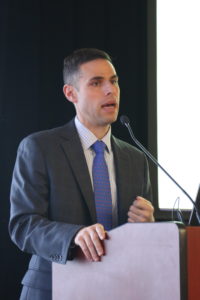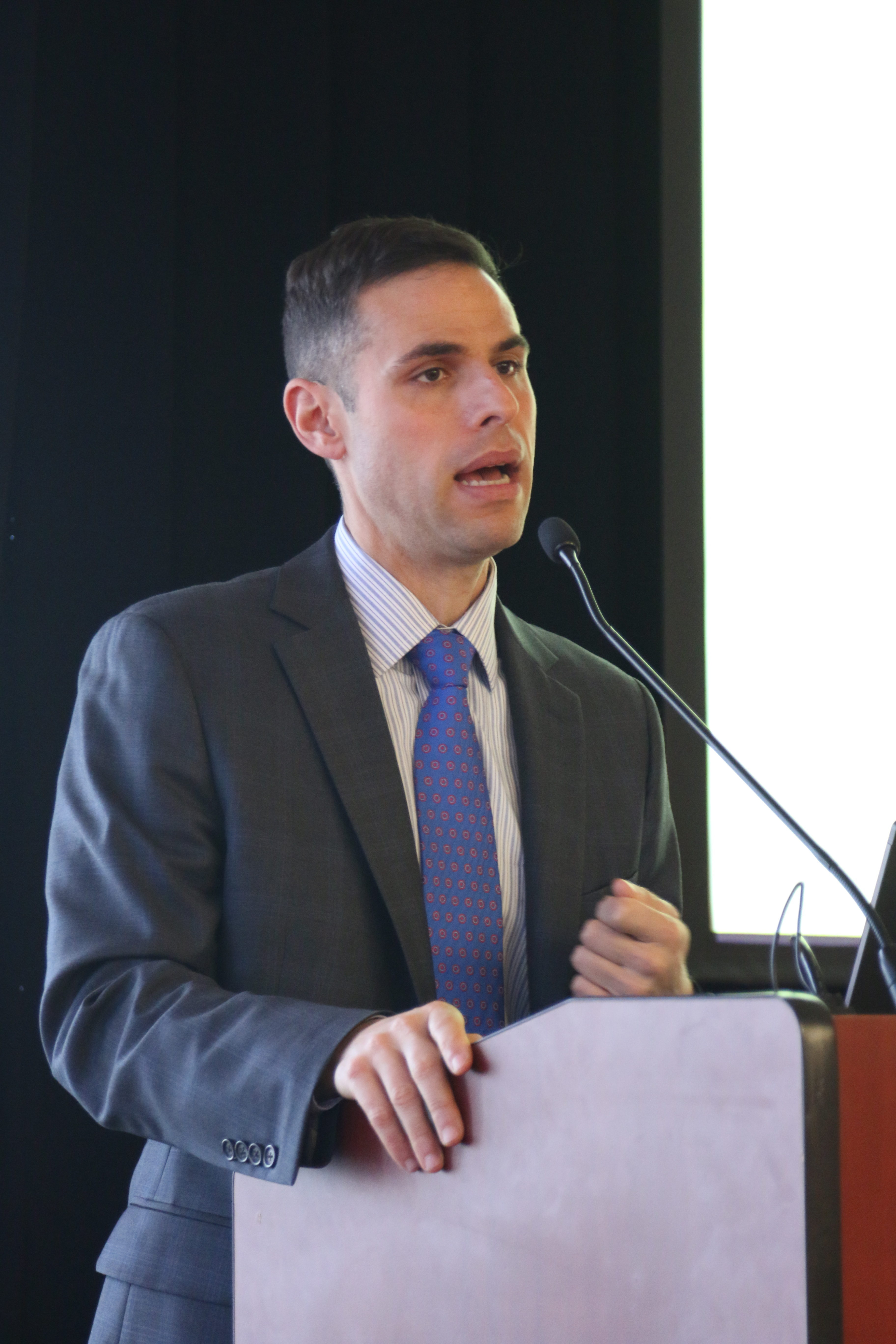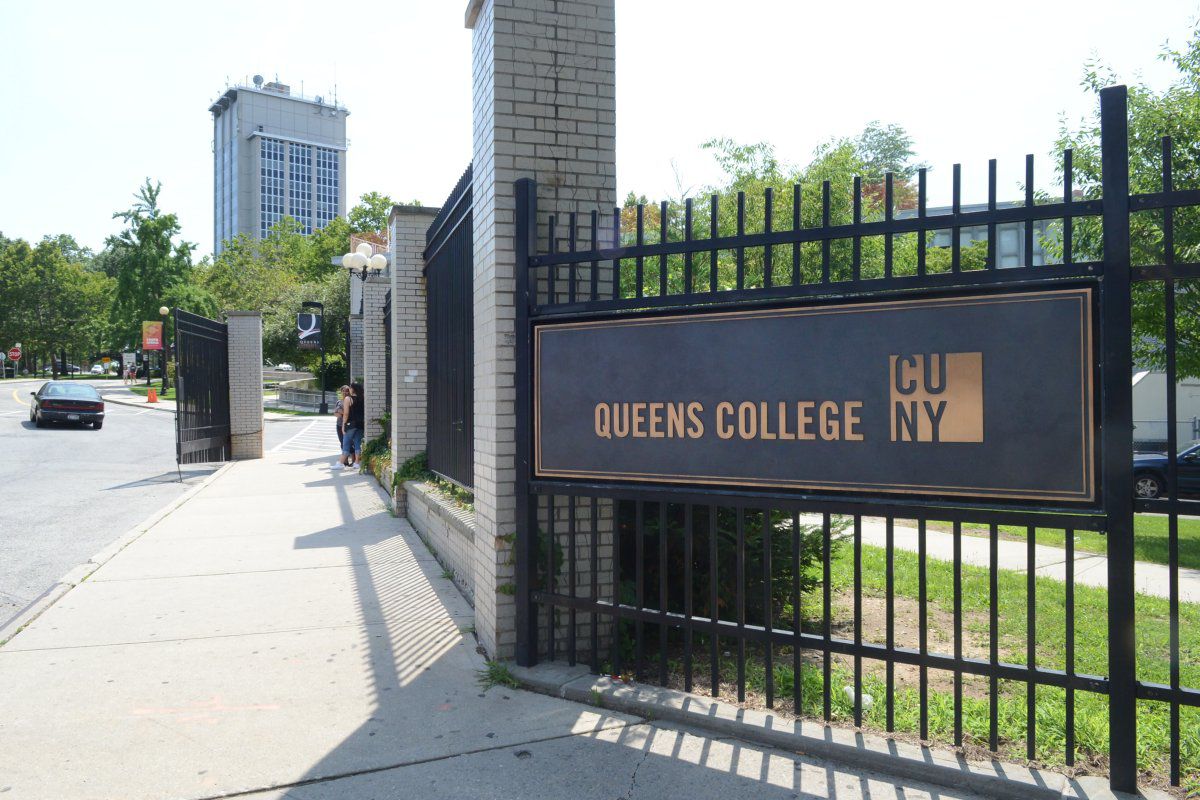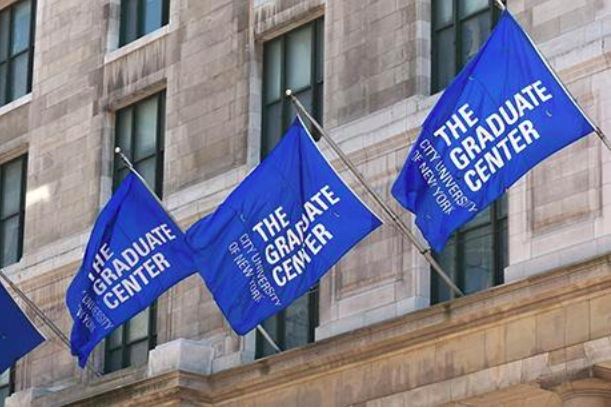
Members of the New York City Police Department’s counterterrorism division recently visited Queens College to provide information and guidance to students, faculty and staff members on how to react in the event of an active shooter situation.
The event, held in the Student Union Ballroom on Nov. 16, was part of a multi-part series based on campus safety as part of QC Safety Month.
“We hope to make sure students feel that they are safe, let them know that they are safe and teach them some skills so that if something should happen, they will not be a deer in headlights,” Judy Krinitz, the associate director of Student Development and Leadership at QC, said.
“It’s depressing that we’re at a stage that we have to plan, implement and launch these programs,” Krinitz continued. “It’s not the happiest thing to plan but it’s the most necessary.”
Anthony Mannuzza, a detective with the NYPD’s counterterrorism division, presented the information at the event.
He made clear to those in attendance there is no manual or guidebook that can prepare someone to be ready for an active shooter situation.
“I wish I could just hand you a pamphlet and tell you to read what’s in it and you will survive through an active shooter incident,” Mannuzza said. “Unfortunately, in today’s world, that’s something we cannot do because it’s forever changing and forever evolving.”
“We’ve become very complacent since 9/11,” Mannuzza continued.
The training and strategies regarding active shooter scenarios are based on a comprehensive study of 324 events ranging from the University of Texas tower shooting in 1966 to the Sandy Hook shooting in 2012.
DHS and police departments continue to adapt and learn new information from more recent situations, including the attacks in San Bernardino and the Pulse nightclub shooting in Orlando.
Mannuzza made recommendations that academic institutions, which are “soft targets,” can implement to prepare for active shooter scenarios.
A soft target is a person, place or thing that is relatively unprotected or vulnerable, especially to a military or terrorist attack. The relative openness of college campuses makes them a prime example of a soft target.
“Please remember, if you see something say something,” Mannuzza said. “Even if it’s on the most minimal level, pick up the phone and ask a question.”
“Perform your own vulnerability assessment around your academic institution as well as your professional working environment,” Mannuzza continued. “We want you to be able to recognize threat indicators, if there are any.”
Mannuzza also recommended being aware of exits and places to hide from an active threat, designating safe rooms, and barricading rooms with tables and chairs.
Detective Mannuzza also addressed the question of when it is appropriate to confront the threat.
“Only as a last resort. We do not want you to seek out the active shooter,” Mannuzza said, stressing the importance of not interfering with the police response at the risk of being wrongfully mistaken as the threat.
“I feel the event went well. I would have liked to see more students but it was extremely informative. I think students really gained a lot,” Krinitz said. “We are providing very good resources and if students and staff don’t take advantage of them, they’re not going to know what to do should a situation occur.”
When asked if she would support mandatory active shooter response training for all students, Krinitz said she would but she also understands the technological and manpower barriers to implementing such a program.
“There would have to be some sort of branch through CUNYfirst to help us track it and there would also have to be much more manpower to do this,” Krinitz said.
“We all have to be prepared for different types of situations, not just person to person violence,” Krinitz continued.
When asked about additional training and certification programs for institutions and individuals regarding active threat response, Mannuzza suggested programs available on the DHS and FEMA websites.
“They provide free certification courses to anyone, it doesn’t have to be law enforcement,” Mannuzza said. “By doing that you will fill out all the required information, they will identify you with a FEMA student identification number, and then you can enroll in free courses online and get certified by FEMA and DHS.”
Some DHS and FEMA certifications and training courses available online include “Workplace Security Awareness,” “Active Shooter: What You Can Do,” “Community Preparedness: Implementing Simple Activities for Everyone” and “Surveillance Awareness: What You Can Do.”














